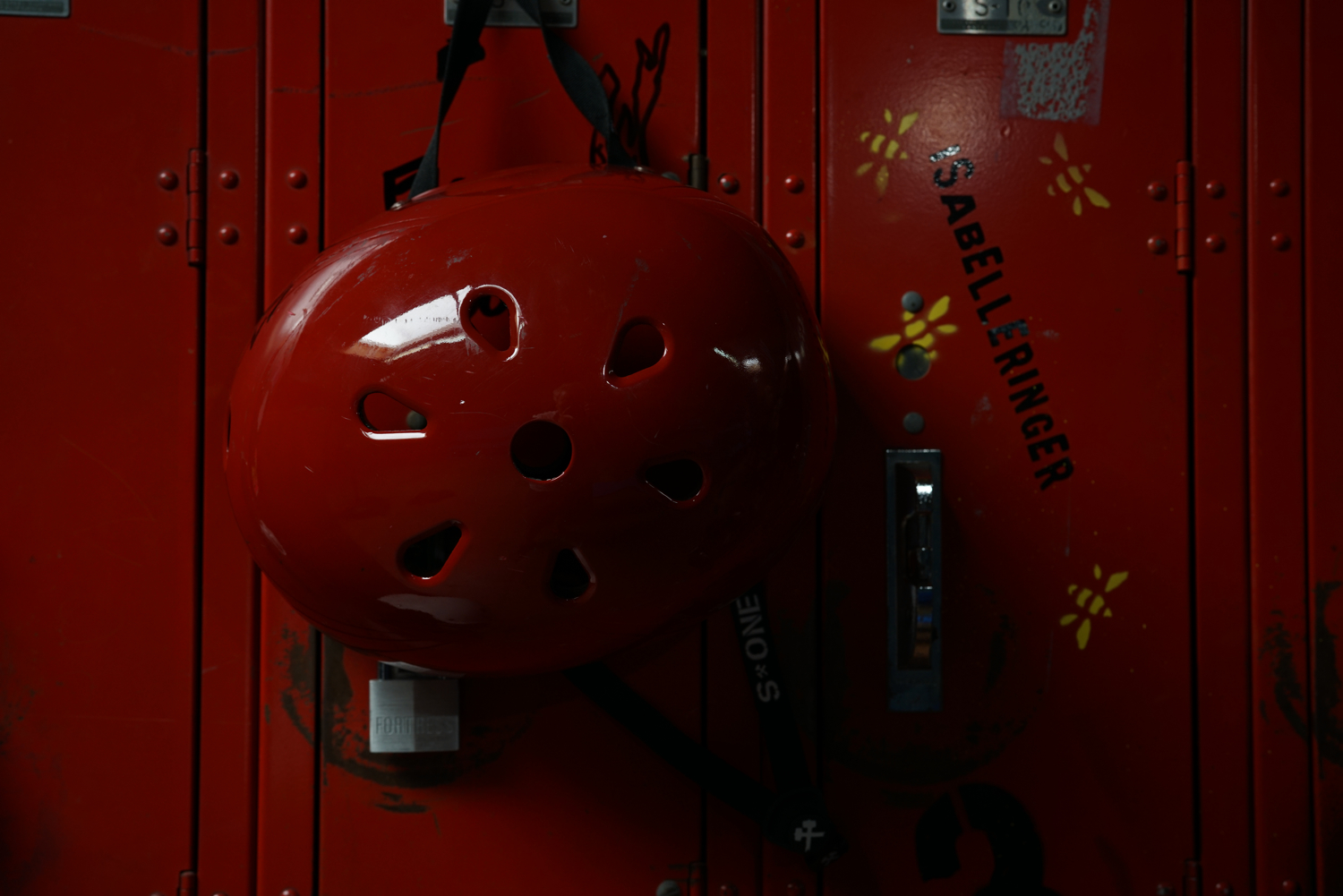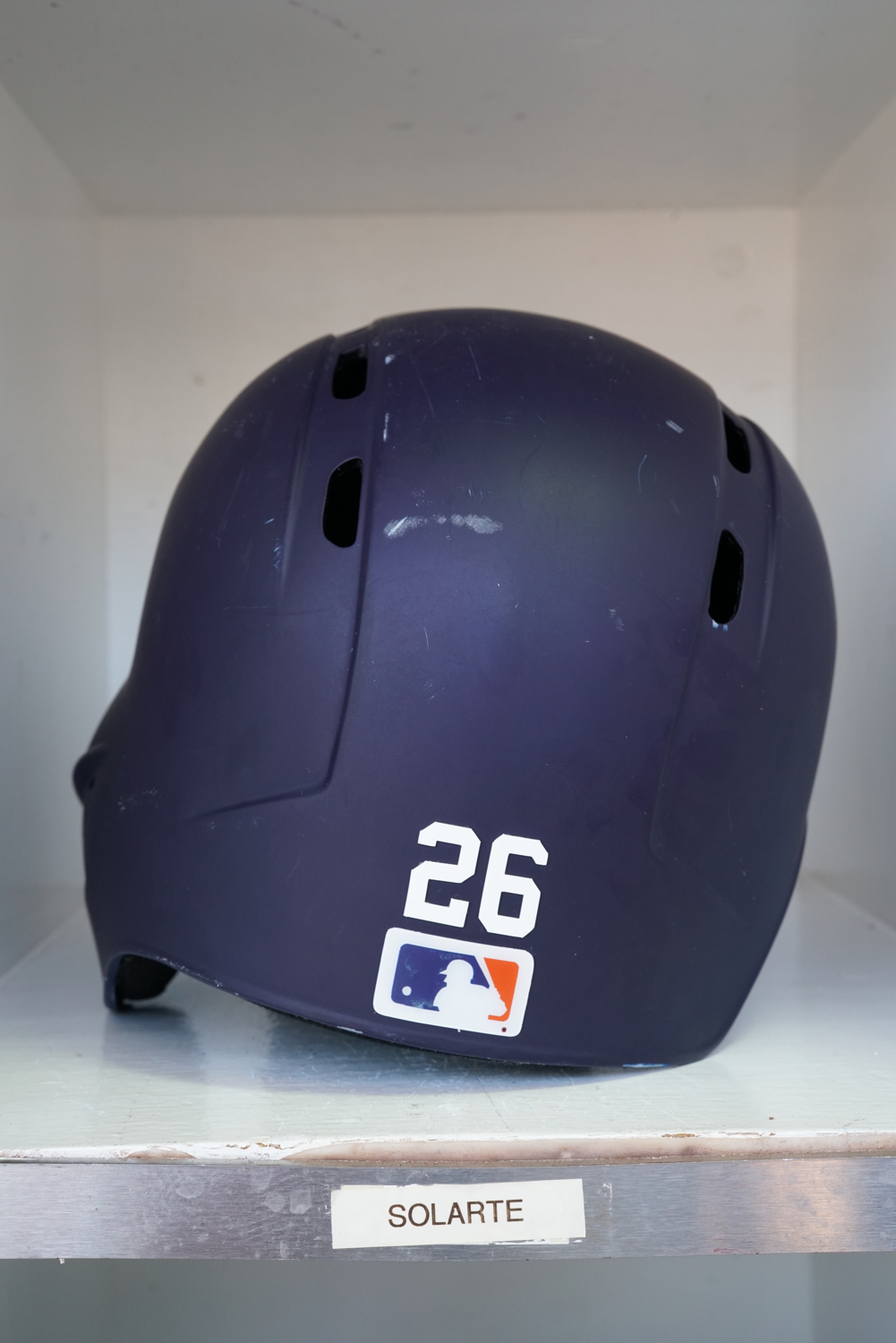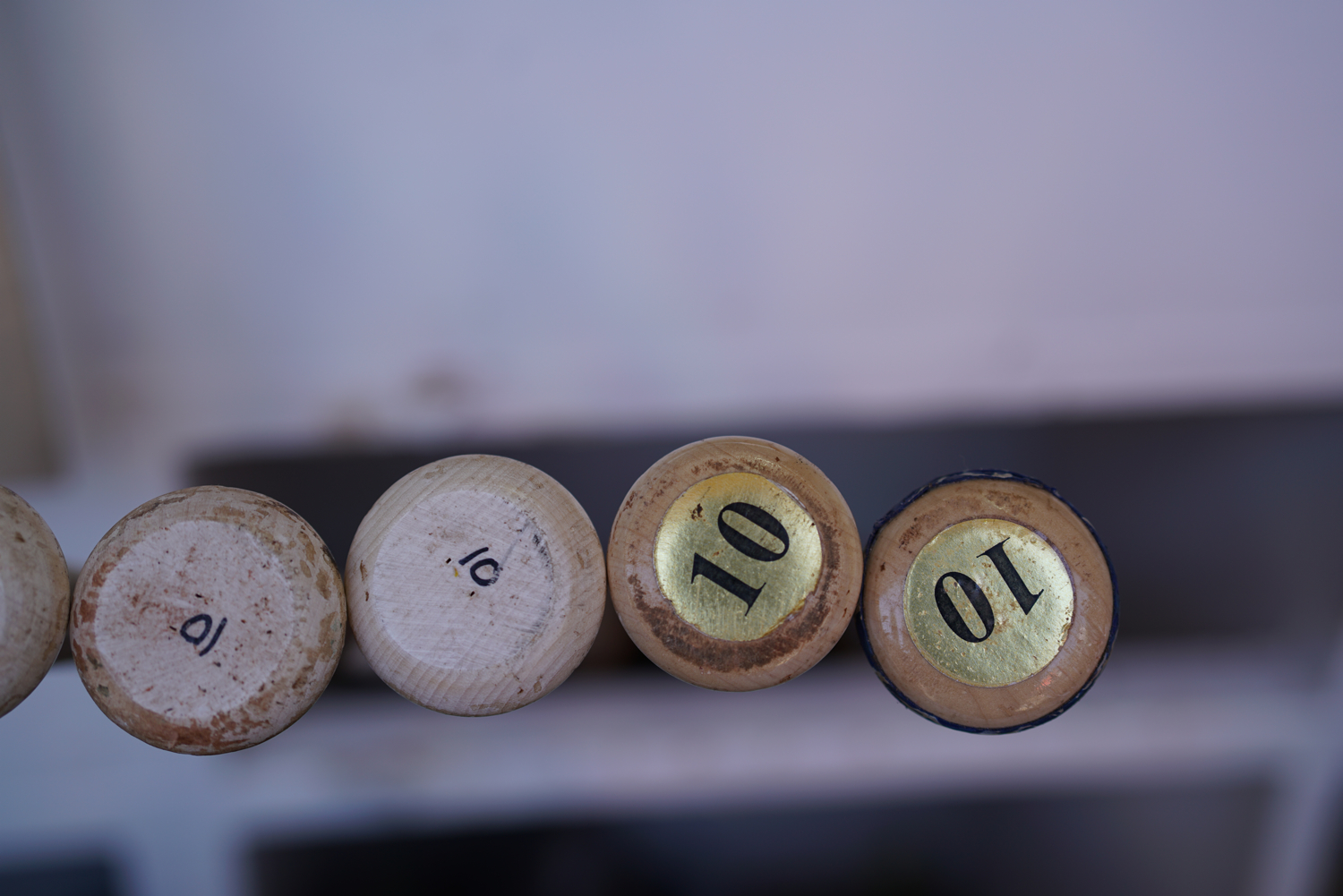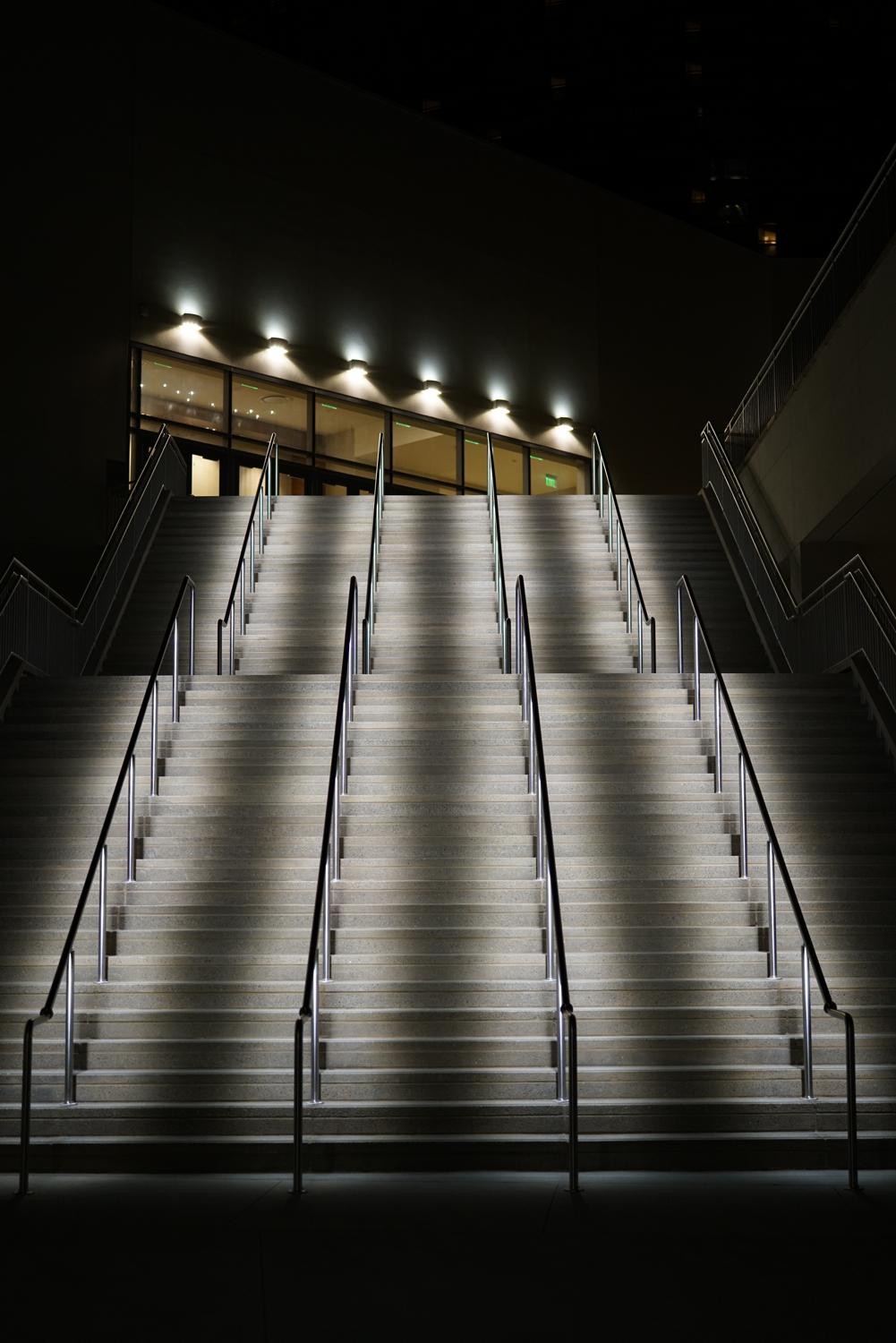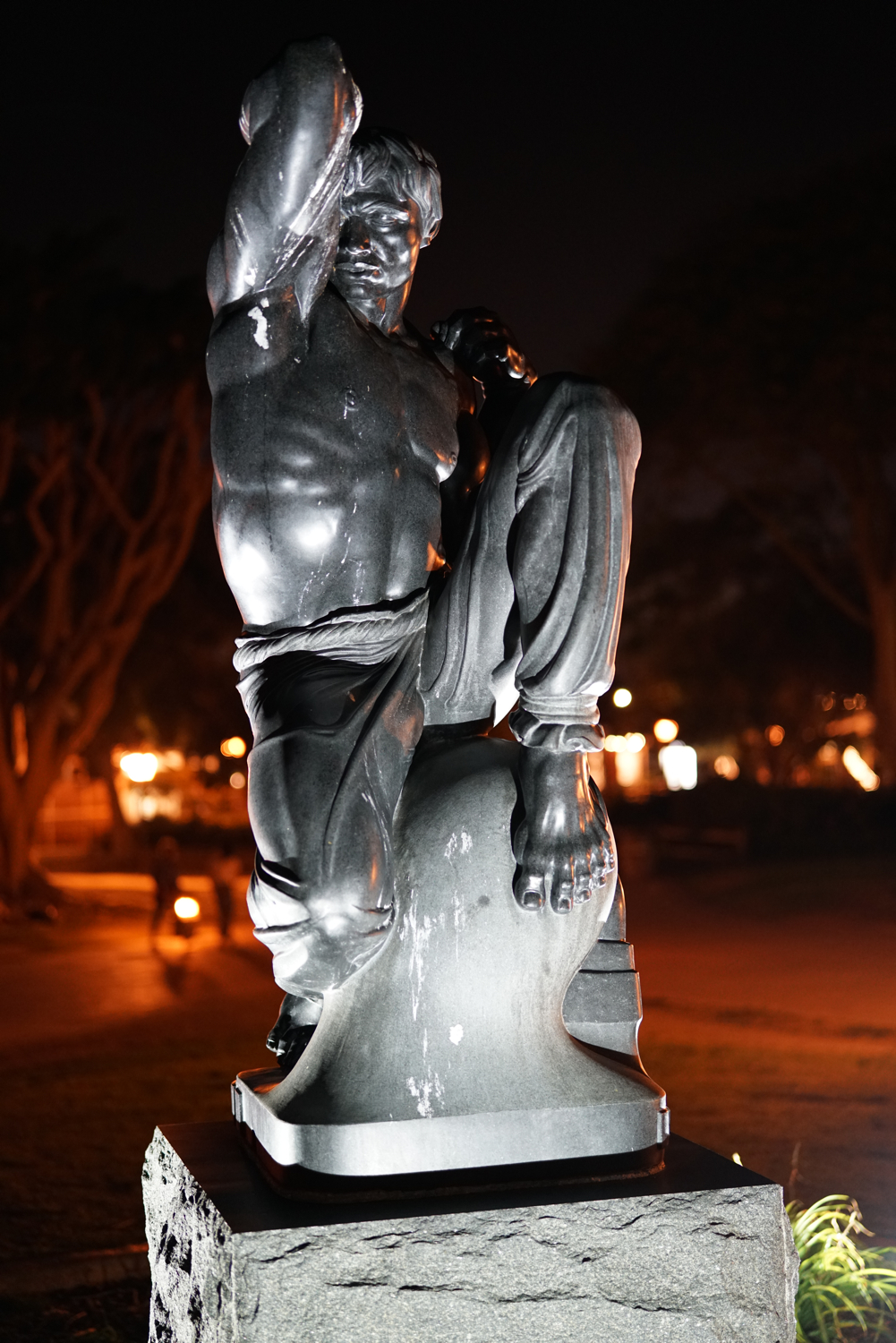Sony just unveiled delivery dates and prices for several highly-anticipated lenses and accessories. Available this month, the FE 70-200mm f/2.8 GM OSS G Master E-mount zoom costs $2,500; a Carl Zeiss Planar T* FE 50mm f/1.4 ZA E-mount prime at $1,500; and SEL14TC 1.4x and SEL20TC 2x E-mount tele-converters at $500 each.
A radio-controlled wireless flash controller system, which includes the FA-WRC1M Commander ($350) and FA-WRR1 Receiver ($200), hits stores in August.
Most of these products were announced earlier in the year but no prices and delivery dates were given. These lenses are a big deal for Sony camera users, particular those with full-frame Sony mirrorless A7-series models, and we had an opportunity to try them out during a sneak preview on Sony’s U.S. home turf of San Diego, California (we were guests of Sony, but opinions are our own). For photo subjects, Sony always tries to outdo itself, and this time we had snake charmers, classic models with seamless backgrounds, roller derby skaters, as well as Major League Baseball players in action. We were given a pair of A7R Mark II bodies as a platform for the glass and accessories.
For the indoor models, Sony offered constant-light setups and flash rigs we could link to using the new wireless controller system. We used both lenses and were wowed by the image detail they achieved – with some help from the 42-megapixel full-frame cameras. That said, cameras are only as good as their lenses and new glass clearly delivered the imaging goods with detail one expects from a high-end camera and top-quality – and expensive – lenses.
After the indoor shoot, the next stop was San Diego’s Petco Park, home of the Padres, for a game against the Baltimore Orioles played in bright, afternoon sunshine. At the stadium we got a chance to walk around the dugout before the game then take shots in the press photographers’ positions along the first and third baselines during the action. The 50mm Zeiss prime was great for close-ups of the baseball gear and few nearby players, but it’s pretty useless for capturing action on the field during game time. However, for still-life, the close-ups had a beautiful bokeh (blurred background) one expects from quality lenses.
We have to admit the 70-200mm G Master wasn’t so great for on-field action, either. We got nice shots at 200mm, but we still couldn’t achieve the extreme close-ups from our location, although with 42 megapixels you can enlarge images to your heart’s content and still get detail with sharpness that’s mind-blowing. But, it was in the third-base location we used the 2x teleconverter with the 70-200m and it made a world of difference. Now we were directly in line with players running to third base. The A7R II handled the fast-moving runners quite well and we didn’t mind giving up some aperture due to the teleconverter (f/2.8 to f/5.6) since it was already so bright.
Usually prime lenses take a back seat to the pizazz of something like a 70-200mm f/2.8 telephoto zoom. In this case, the 5omm f/1.4 has outstanding light-gathering abilities, which we discovered after taking shots of nighttime street scenes on the San Diego waterfront. The very wide aperture offers beautiful blurred backgrounds. Available-light photographers should give this lens strong consideration.
Some technical notes: The 70-200mm has three advanced lens elements including XA, Super ED, and ED glass components, as well as its Nano AR coating. It features a floating focusing system – a first for a Sony zoom lens – that contributes to a minimum focusing distance of 0.96 meters and ensures AF performance is optimized during still and video shooting, Sony says. The lens includes a Super Sonic Motor (SSM) plus dual linear motors that work together to move large lens elements quickly. It has built-in Optical SteadyShot image stabilization and a rotating tripod mount that allows the camera to be quickly removed from a connected tripod as needed. The telephoto zoom is dust and moisture resistant with an additional fluorine coating added to the front lens. It also has a focus hold button as well as a focal range limiter.
The full-frame, 50mm f/1.4 Zeiss prime features high-precision Advanced Aspherical (AA) and ED glass elements, as well as a Zeiss T* coating. It has a ring drive SSM (in this case, a Super Sonic Wave Motor), 11-bladed circular aperture, an aperture ring, and a moisture-resistant design.
Geared for studio and wedding photographers, the new wireless flash controller system includes the FA-WRC1M wireless radio commander as well as the FA-WRR1 wireless radio receiver. With a maximum range of around 100 feet, the new radio controlled system can control a maximum of 15 separate flash units in up to five groups of flashes. While using it photographers have the ability to control the exposure of connected flash units manually or automatically. Additionally, the new lighting control system will be capable of flash sync speeds of up to 1/250th of a second, with high-speed sync (HSS) available as well.




